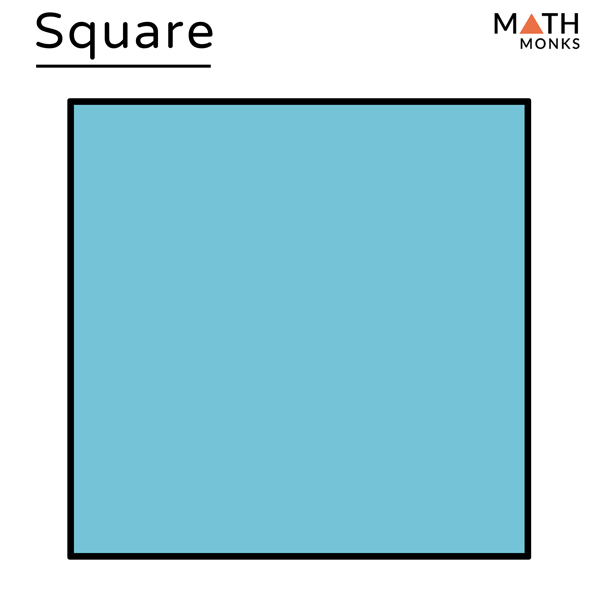

Any part of a designed landscape, however, could be produced in the picturesque mode, even the ornamental farm as illustrated by Downing. He thus defines the picturesque garden as part of the larger designed landscape, a portion apart from the house, and extensive and often synonymous with “ park” ( view text). In A New and Complete Dictionary of Arts and Sciences (1816), George Gregory insisted that the picturesque garden was possible only in properties that exceeded twenty acres smaller lots were considered ridiculous for such a function. Similarly, sinuous routes through the garden afforded a “continual change of scenery.” In reference to his picturesque plantations, Downing claimed that the effect depended upon “ intricacy and irregularity.” įig. At Mount Vernon, Manasseh Cutler reported in 1802 that the picturesque effect was enhanced by “coming out of a thick wood, and the sudden and unexpected manner in which it was seen,” underscoring the importance of surprise to the picturesque effect ( view text). These characteristics were defined by the theorists Whately and William Gilpin, whose treatises were well known in America. The chief characteristics of the picturesque were surprise and variety, in contrast to the effects of terror and awe associated with the sublime. The goal of the picturesque was to re-create in the garden the experience of the natural landscape. In addition, in many cases the term “picturesque” served as an effective expression meaning simply an attractive or pleasing scene, as in the case of William Bartram’s romantic and evocative descriptions of his travels in the south (1792) ( view text). It is evident that during their historical development, both senses of this term, as either a style or a visual effect, were frequently used simultaneously.

Downing later echoed Loudon when he wrote that “the picturesque is nature or art obeying the same laws rudely” (1849) ( view text).

This use of the term was used frequently in travelers’ descriptions of towns, settlements, or gardens. Loudon’s 1826 claim that a view was picturesque if “it would form a tolerable picture” when painted ( view text). The picturesque also came to be understood as a visual effect achieved by the incorporation of natural and designed landscape elements into a prospect or view. The first referred to a garden style with specific compositional components detailed by theorists such as Thomas Whately and A. In American landscape discourse, the term “picturesque” had two important uses. The picturesque was at its height in Britain around the turn of the 19th century, though its development began much earlier and it is still in use today. The picturesque is an aesthetic category derived from the idea of designing landscapes to look like pictures.

Downing, A Treatise on the Theory and Practice of Landscape Gardening, 4th ed. 1, Anonymous, “View of a Picturesque farm ( ferme ornée),” in A. Under a pear tree in the far comer of the orchard was a picturesque timber built shed.Fig.A picturesque spot with well laid out gardens and leisure centre.He rents a small house in the picturesque old quarter of town.It has no regional or picturesque name.We visited the picturesque fishing village of Lochinver.At the time, Dorset was beginning the transition from picturesque dairy country to affluent summer artist colony.Conwy Town is a picturesque and richly historic touring centre.It is undoubtedly one of the most picturesque and idyllically situated working sites in the county, if not the country.Gordon's picturesque account of the battle.○○ adjective 1 BEAUTIFUL/GOOD-LOOKING a picturesque place is pretty and interesting in an old-fashioned way a quiet fishing village with a picturesque harbour ► see thesaurus at beautiful 2 INTERESTING picturesque language uses unusual, interesting, or sometimes rude words to describe something a picturesque account of his trip to New York Examples from the Corpus picturesque.Picture From Longman Dictionary of Contemporary English picturesque pic‧tur‧esque / ˌpɪktʃəˈresk◂ /


 0 kommentar(er)
0 kommentar(er)
